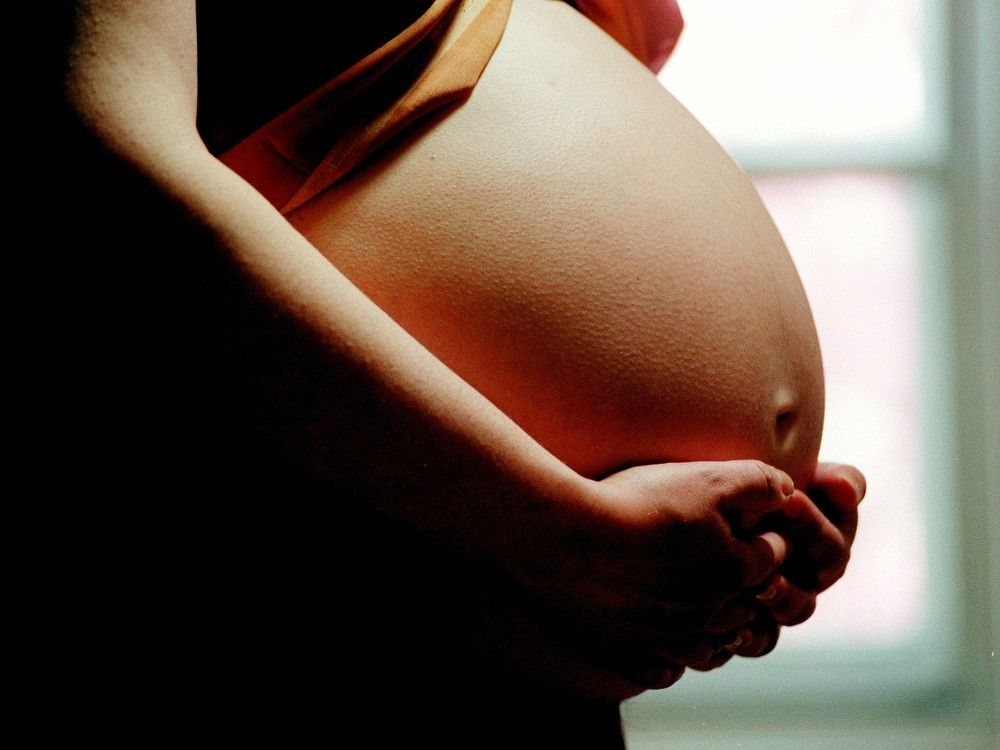Opinion: Sask. teen pregnancy rate shows need for contraception access
Opinion: Sask. teen pregnancy rate shows need for contraception ... Saskatoon Star-Phoenix


Adolescent Pregnancy in Saskatchewan: A Call for Universal Contraception Coverage

Introduction
Do you remember when you were 17? Do you remember the things you thought about, the things you spent your time on, the things that filled your day-to-day life?
For many, it was simple things like stressing over a test you hadn’t studied for, praying that you would make the final cut for a sports team, or agonizing over whether or not your crush was going to notice you today. Thoughts of raising a child were the farthest thing from many of our imaginations, let alone our realities.
The Issue in Saskatchewan
But this is not the case for many young people here in Saskatchewan. In the Saskatchewan Prevention Institute’s (SPI) comprehensive report on adolescent pregnancy, they found that between 2005 and 2010 the average pregnancy rate per 1,000 females aged 15 to 19 years in Saskatchewan was 45.9, drastically higher than the national average of 29.3.
Sustainable Development Goals (SDGs)
- Goal 3: Good Health and Well-being
- Goal 4: Quality Education
- Goal 5: Gender Equality
- Goal 8: Decent Work and Economic Growth
Implications for Young People
This has massive implications for young people in Saskatchewan. There are lifelong health and socioeconomic impacts that adolescent mothers face in their lifetime.
Health Risks
- Eclampsia: a condition resulting in high blood pressure and seizures
- Increased risk of preterm birth, nutritional deficiency, trauma, and massive blood loss during delivery
- Likelihood of delivering a low-birth-weight infant, which is a known risk factor for chronic health conditions, serious infections, and developmental delay in infants
Socioeconomic Impacts
- 17% less likely to receive a high school diploma
- 25.8% higher probability of requiring income assistance
Recurring Cycle
But what is perhaps most concerning is that 20% to 37% of adolescent mothers will have a subsequent unplanned pregnancy within two years following their first. This places them in a position to face these adverse impacts all over again and perpetuates a cycle that can be challenging to break out of.
The Solution: Universal Access to Contraception
The seemingly simple solution to address the burden of adolescent pregnancy in Saskatchewan is universal access to contraception. It is well documented that there are various barriers that people capable of pregnancy, and youth in particular, face when it comes to accessing contraceptives.
Barriers to Access
- Policies limiting confidentiality result in teens being less willing to access contraceptive services
- Lack of confidentiality leads to out-of-pocket expenses even for youth covered under a family insurance plan
- Inability of youth to afford upfront costs for effective contraceptives
- Inconsistent or incorrect use of contraceptives due to lack of education and access to options
Advocacy for Universal Access
Participants interviewed for this report stressed the importance of easy access to affordable or free contraception. Universal free prescription contraception is an inclusive and fiscally responsible policy, which the government of Saskatchewan would do well to explore.
Economic Benefits
Similar universal contraception coverage policies implemented in other countries have been demonstrated to save governments $7 for every $1 spent.
Opportunity for Saskatchewan
Saskatchewan has the unique and exciting opportunity to become the first Prairie province to introduce a universal contraception coverage policy, following the precedent set by British Columbia earlier this year. This would benefit anyone who can get pregnant, especially vulnerable populations like youth and adolescents.
Conclusion
In a province where the adolescent pregnancy rates outpace national averages, implementation of a universal contraception coverage policy is a responsible decision from both a humanitarian and economic standpoint. The organization we represent, Universal Access to Contraception Saskatchewan (UACSask), has already met with the minister of health to discuss this and will continue to advocate until we see positive change in our province.
SDGs, Targets, and Indicators
1. Which SDGs are addressed or connected to the issues highlighted in the article?
- SDG 3: Good Health and Well-being
- SDG 4: Quality Education
- SDG 5: Gender Equality
- SDG 10: Reduced Inequalities
2. What specific targets under those SDGs can be identified based on the article’s content?
- SDG 3.7: By 2030, ensure universal access to sexual and reproductive health-care services, including for family planning, information and education, and the integration of reproductive health into national strategies and programs.
- SDG 4.1: By 2030, ensure that all girls and boys complete free, equitable, and quality primary and secondary education leading to relevant and effective learning outcomes.
- SDG 5.6: Ensure universal access to sexual and reproductive health and reproductive rights as agreed in accordance with the Program of Action of the International Conference on Population and Development and the Beijing Platform for Action and the outcome documents of their review conferences.
- SDG 10.2: By 2030, empower and promote the social, economic, and political inclusion of all, irrespective of age, sex, disability, race, ethnicity, origin, religion, or economic or other status.
3. Are there any indicators mentioned or implied in the article that can be used to measure progress towards the identified targets?
- Indicator: Pregnancy rate per 1,000 females aged 15 to 19 years
- Indicator: Likelihood of delivering a low-birth-weight infant
- Indicator: Percentage of adolescent mothers receiving a high school diploma
- Indicator: Probability of young mothers requiring income assistance
- Indicator: Percentage of adolescent mothers with subsequent unplanned pregnancies within two years
- Indicator: Access to affordable or free contraception
4. Table: SDGs, Targets, and Indicators
| SDGs | Targets | Indicators |
|---|---|---|
| SDG 3: Good Health and Well-being | SDG 3.7: By 2030, ensure universal access to sexual and reproductive health-care services, including for family planning, information and education, and the integration of reproductive health into national strategies and programs. | Pregnancy rate per 1,000 females aged 15 to 19 years |
| SDG 4: Quality Education | SDG 4.1: By 2030, ensure that all girls and boys complete free, equitable, and quality primary and secondary education leading to relevant and effective learning outcomes. | Percentage of adolescent mothers receiving a high school diploma |
| SDG 5: Gender Equality | SDG 5.6: Ensure universal access to sexual and reproductive health and reproductive rights as agreed in accordance with the Program of Action of the International Conference on Population and Development and the Beijing Platform for Action and the outcome documents of their review conferences. | Likelihood of delivering a low-birth-weight infant |
| SDG 10: Reduced Inequalities | SDG 10.2: By 2030, empower and promote the social, economic, and political inclusion of all, irrespective of age, sex, disability, race, ethnicity, origin, religion, or economic or other status. | Probability of young mothers requiring income assistance |
Explanation:
– The article highlights the issue of adolescent pregnancy in Saskatchewan, which has implications for the health and well-being of young mothers (SDG 3). The target SDG 3.7 focuses on ensuring universal access to sexual and reproductive health-care services, including family planning, which is relevant to the issue discussed.
– The article also mentions the impact of adolescent pregnancy on education and socioeconomic outcomes (SDG 4 and SDG 10). The targets SDG 4.1 and SDG 10.2 address the need for quality education and reduced inequalities, respectively.
– The indicators mentioned in the article include the pregnancy rate per 1,000 females aged 15 to 19 years, likelihood of delivering a low-birth-weight infant, percentage of adolescent mothers receiving a high school diploma, probability of young mothers requiring income assistance, and percentage of adolescent mothers with subsequent unplanned pregnancies within two years. These indicators can be used to measure progress towards the identified targets. Additionally, access to affordable or free contraception is implied as an indicator for measuring progress towards ensuring universal access to sexual and reproductive health-care services (SDG 3.7).
Behold! This splendid article springs forth from the wellspring of knowledge, shaped by a wondrous proprietary AI technology that delved into a vast ocean of data, illuminating the path towards the Sustainable Development Goals. Remember that all rights are reserved by SDG Investors LLC, empowering us to champion progress together.
Source: thestarphoenix.com

Join us, as fellow seekers of change, on a transformative journey at https://sdgtalks.ai/welcome, where you can become a member and actively contribute to shaping a brighter future.







